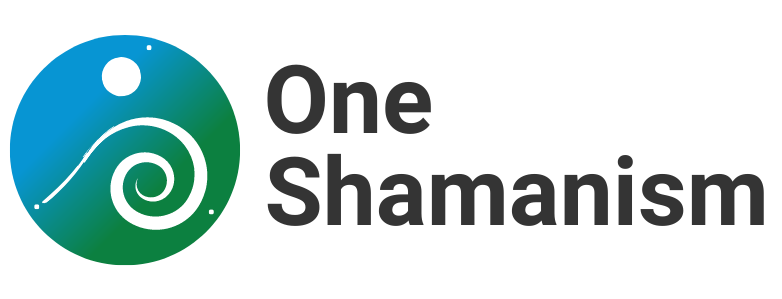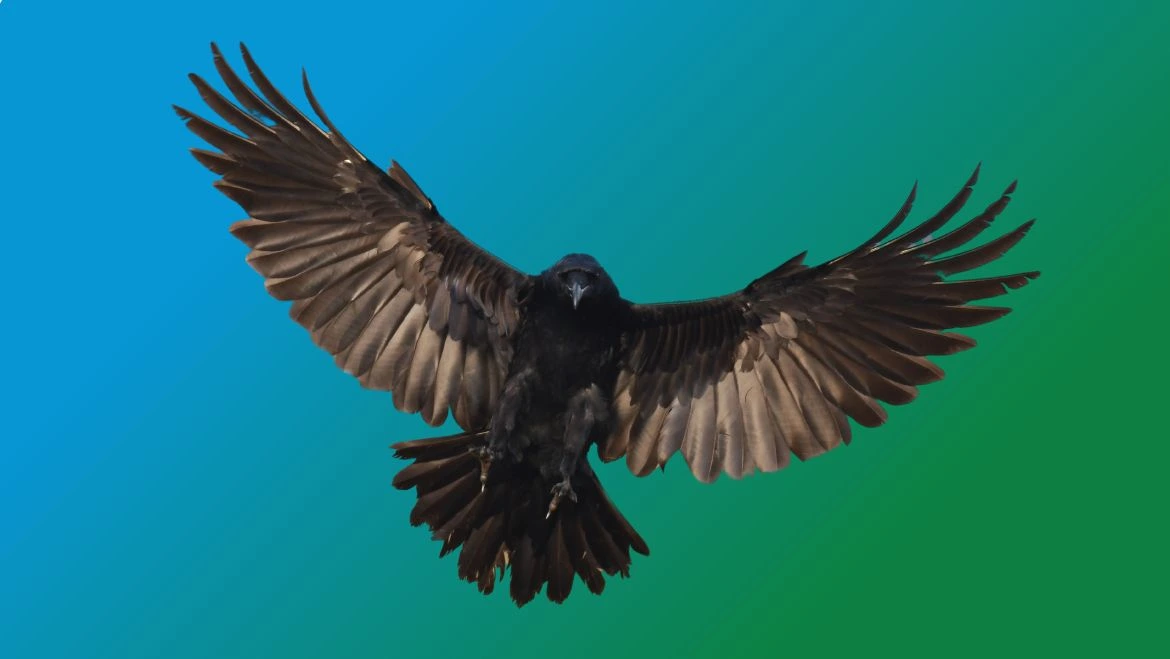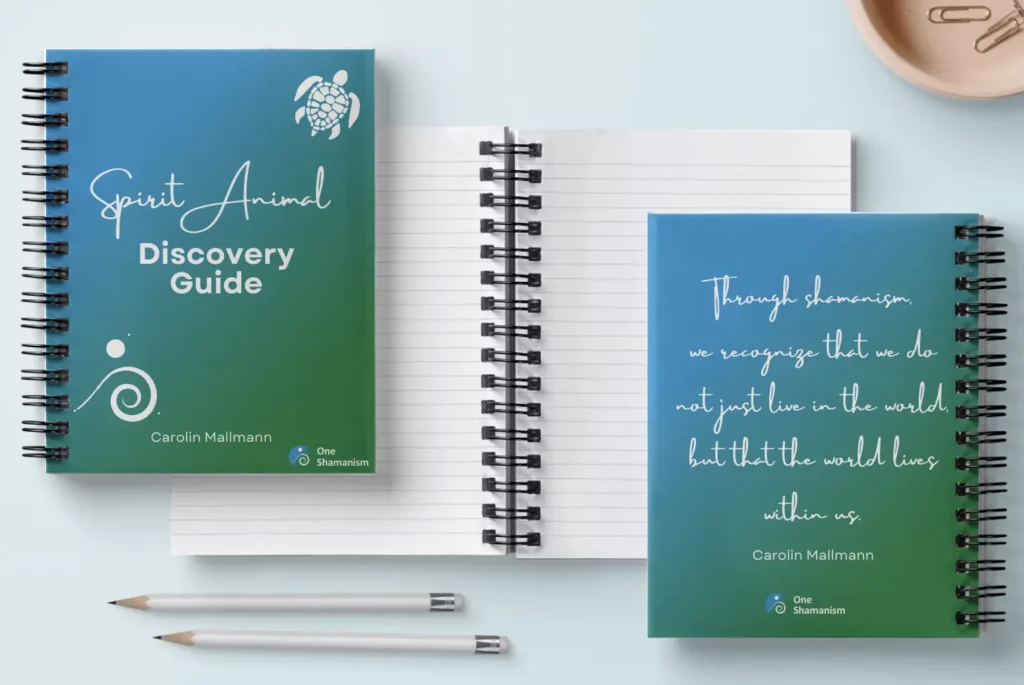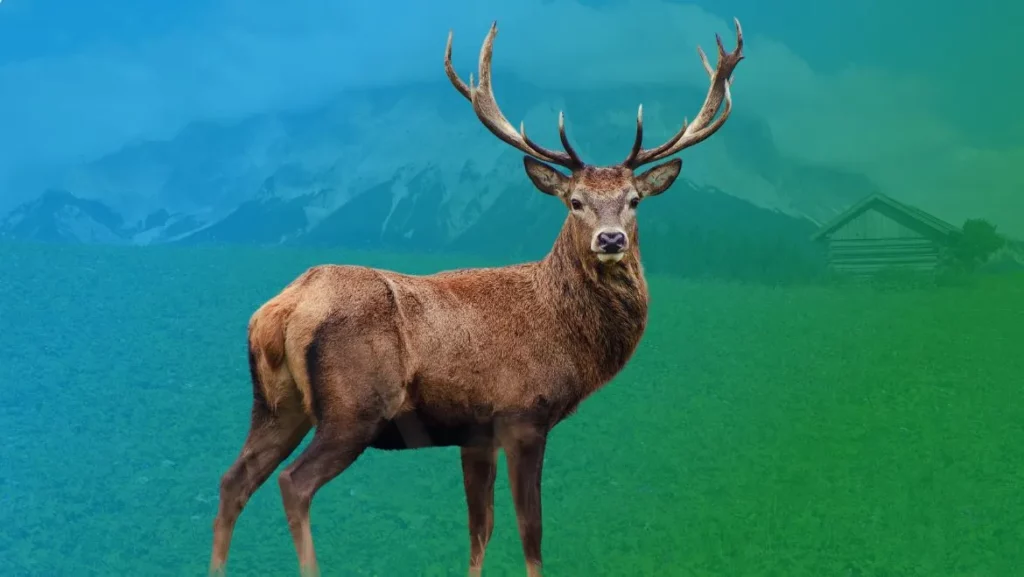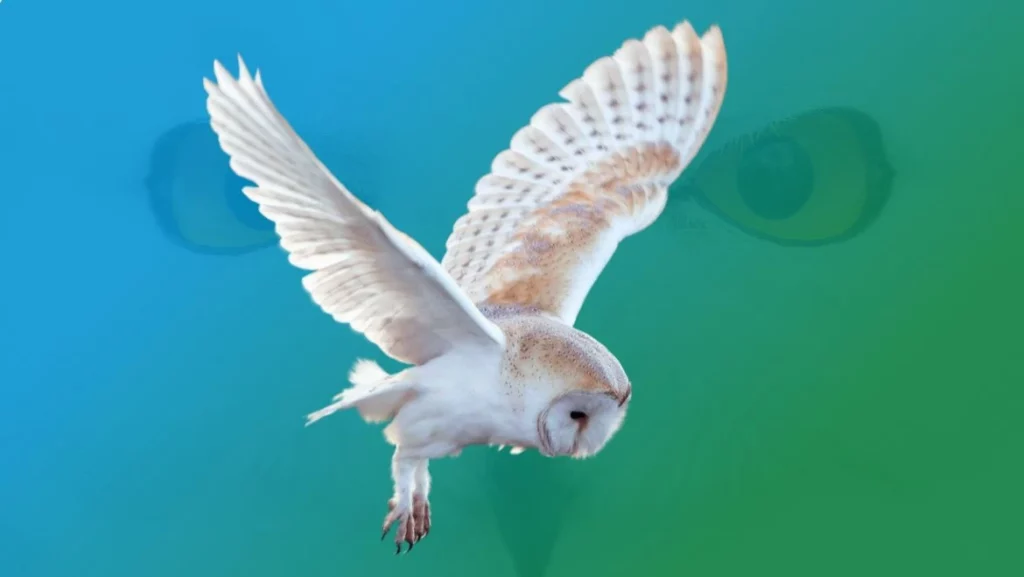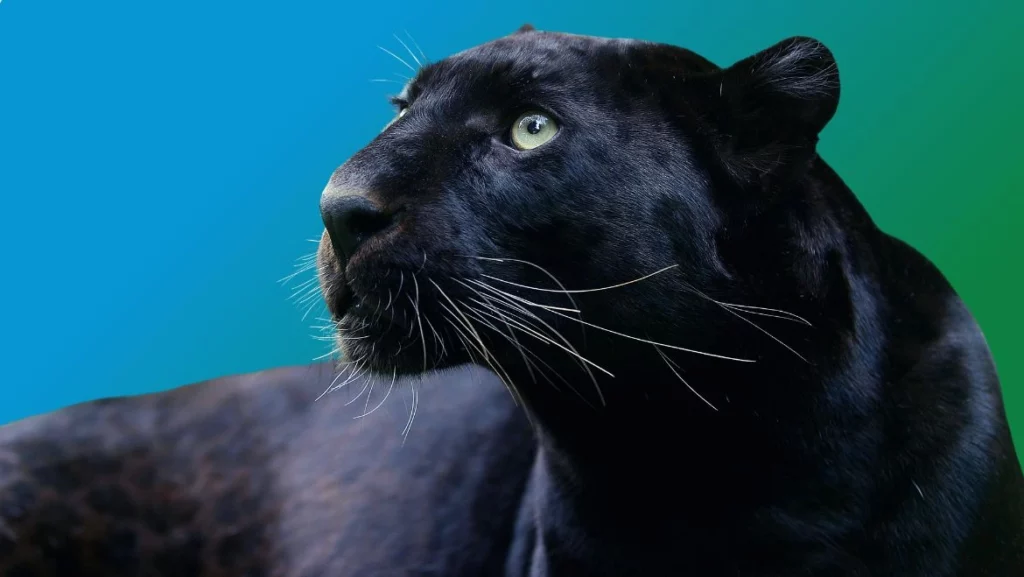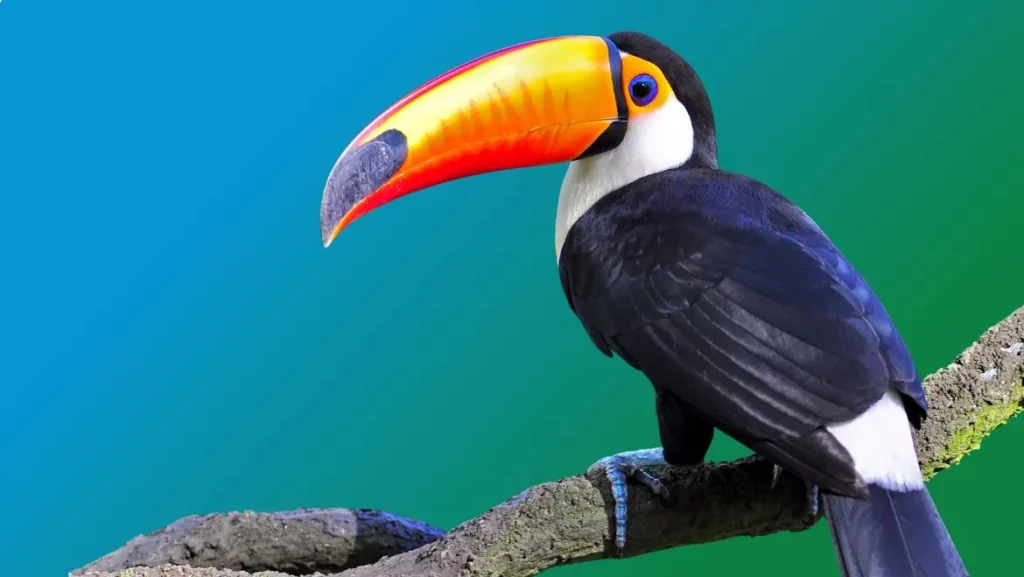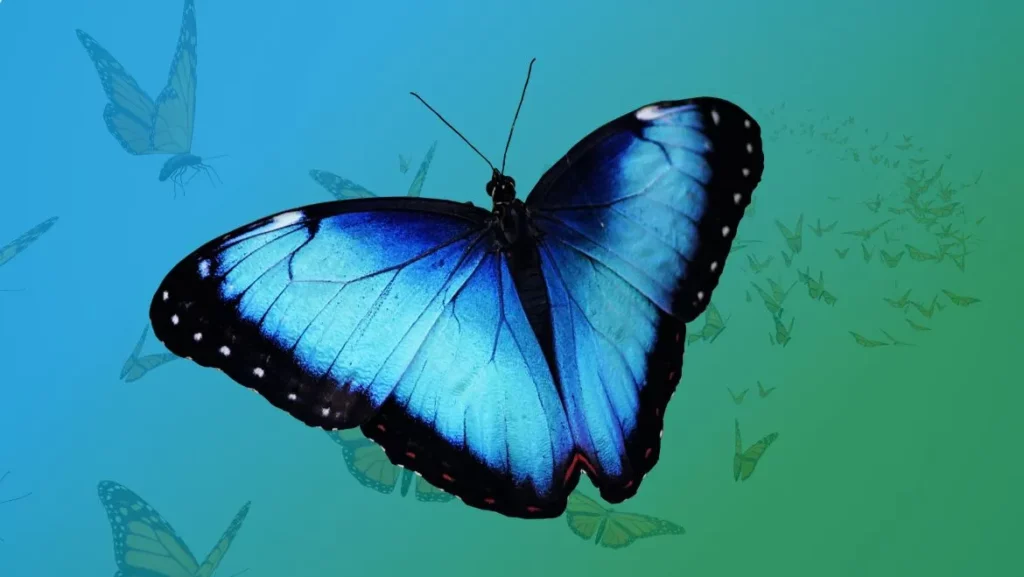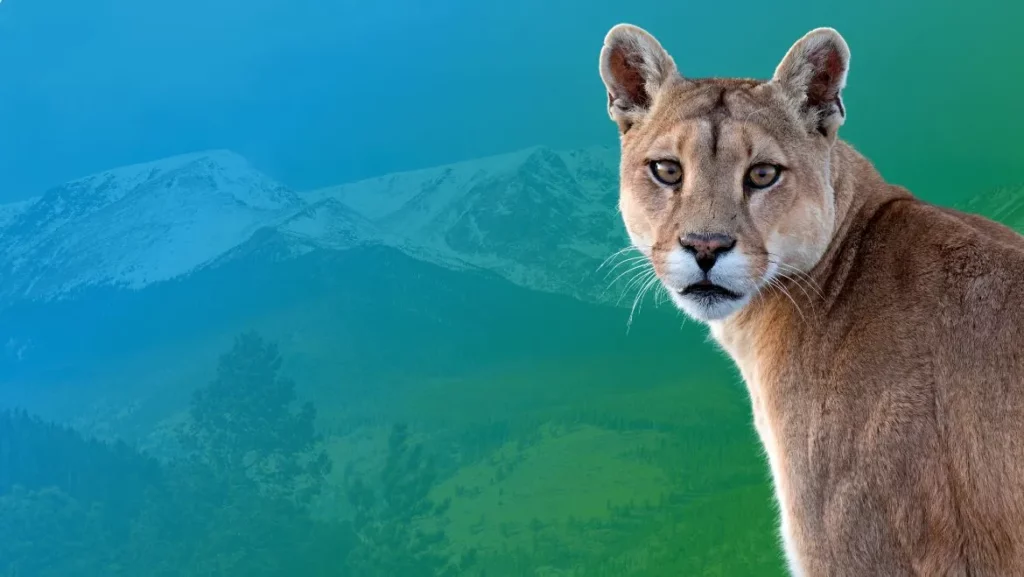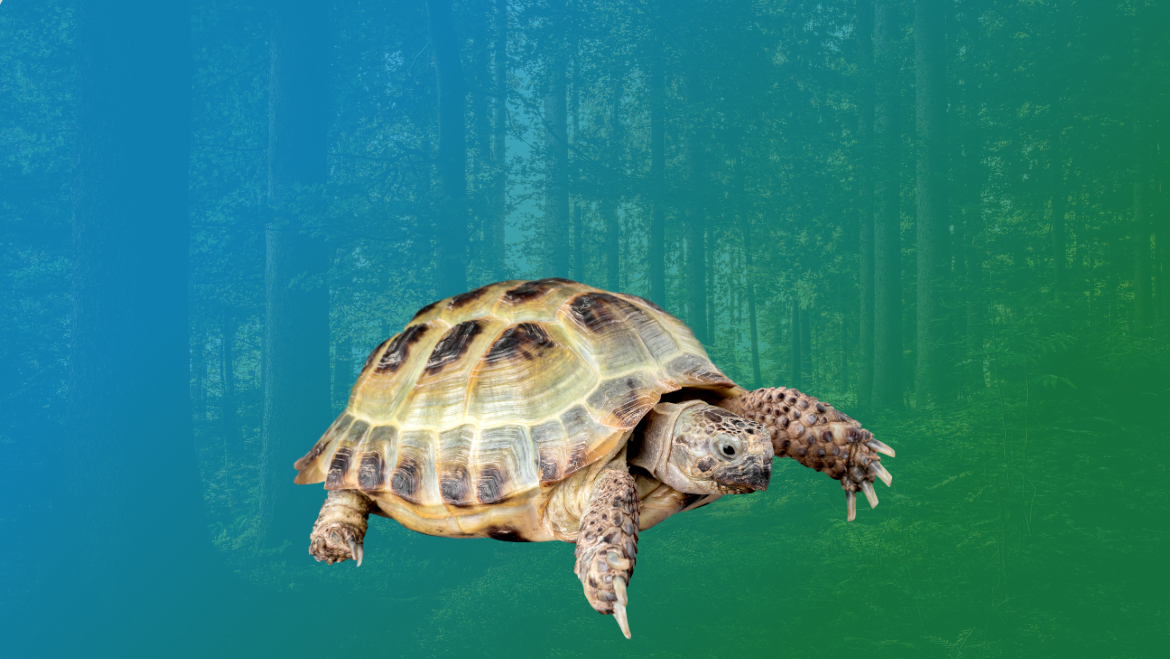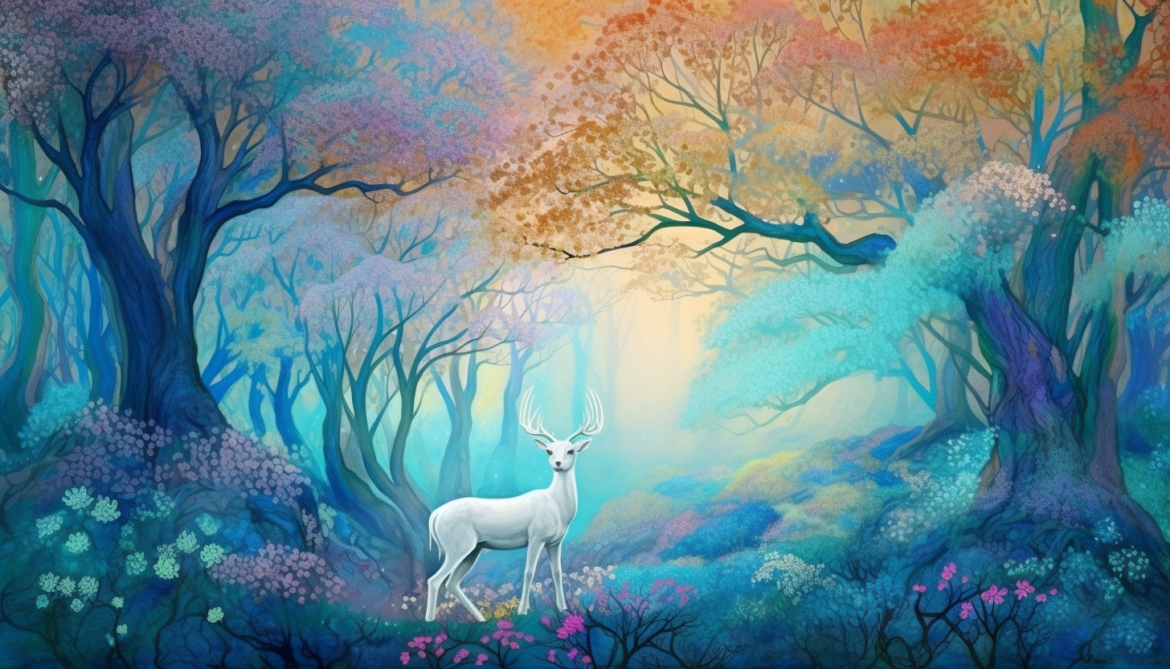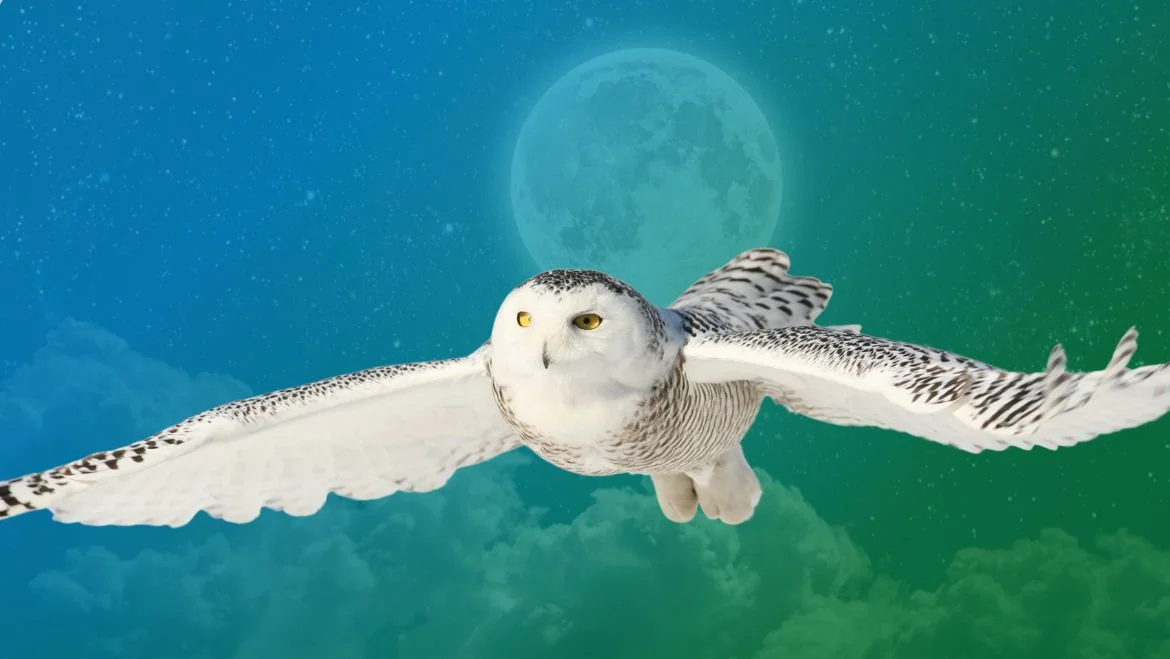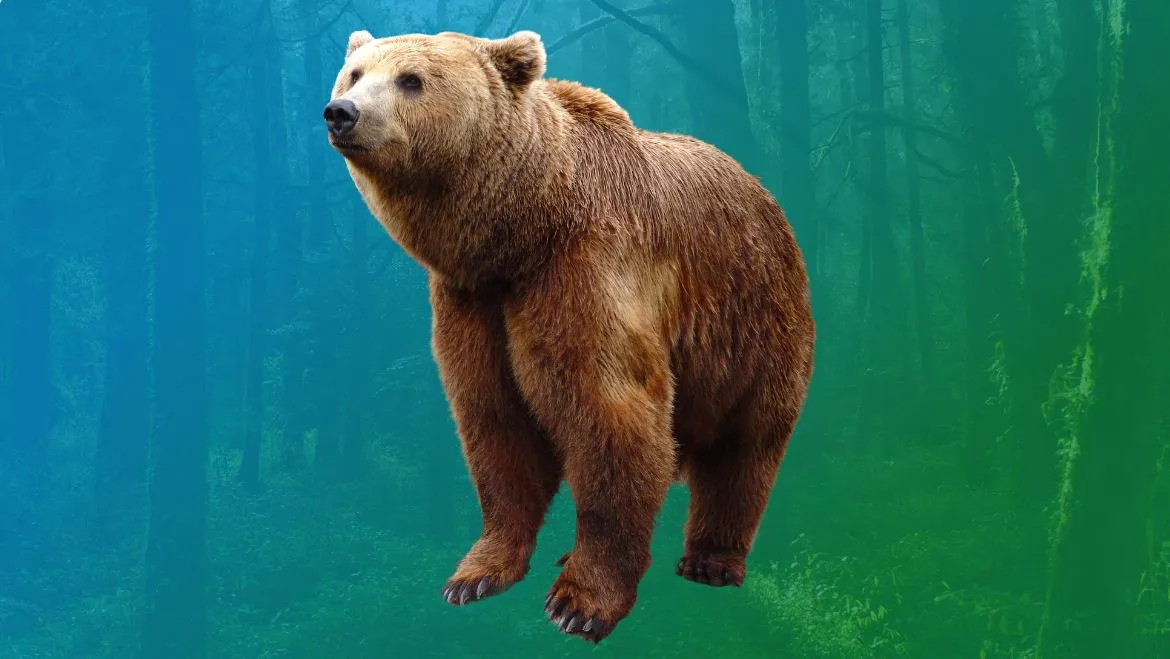Nordic or Scandinavian mythology and culture are rich with symbols, and several animals hold significant spiritual importance in these traditions. These animals were not only revered for their physical attributes but also for the deeper meanings and lessons they symbolized in Norse mythology and the wider Scandinavian cultural heritage.
Nordic or Scandinavian mythology encompasses the myths, legends, and beliefs of the Norse and other Germanic peoples, primarily those who lived in the Scandinavian countries of Norway, Sweden, Denmark, and Iceland during the Viking Age (roughly 793–1066 AD). This rich tapestry of tales and lore forms a significant part of the broader Germanic mythology and has had a profound influence on the cultural, literary, and religious landscape of Northern Europe.
Origins and Sources
The primary sources of Nordic mythology are the Poetic Edda and the Prose Edda, two collections of poems and stories compiled in Iceland during the 13th century. The Poetic Edda consists of mythological and heroic poems that include the creation of the world, the adventures of gods and heroes, and prophesies of the future. The Prose Edda, written by the Icelandic historian and poet Snorri Sturluson, is a manual of poetics that also contains many mythological stories intended to explain the origins of various poetic metaphors and kennings.
Key Themes and Beliefs
Nordic mythology is characterized by a pantheon of gods and goddesses, each associated with specific aspects of life, such as war, love, wisdom, and death. The principal gods include Odin, the chief of the gods, known for his wisdom and quests for knowledge; Thor, the god of thunder and the protector of humanity; and Freyja, the goddess of love, fertility, and battle.
The cosmos in Norse mythology is depicted as a complex structure, including the well-known Yggdrasil, the World Tree, which connects the nine realms inhabited by gods, humans, giants, and other beings. Central to Norse cosmology is the concept of Ragnarök, the prophesied end of the world in a great battle, leading to the death of many gods and the emergence of a new, reborn world.
Cultural Impact and Legacy
Nordic mythology has left a lasting legacy on the culture and literature of Scandinavia and beyond. Its themes, symbols, and characters have inspired countless works of art, literature, and music, from the sagas of Iceland to the operas of Wagner. In modern times, Norse myths have found new life in popular culture, including movies, television series, and fantasy novels.
The mythology also offers insight into the values, fears, and aspirations of the Norse people, reflecting their close relationship with the natural world, their understanding of fate and destiny, and their beliefs in honor, bravery, and the importance of kinship and community.
Nordic or Scandinavian mythology, with its rich narratives and deep symbolism, continues to fascinate and inspire, offering timeless stories that speak to the fundamental questions of human existence and our place in the cosmos.
The Role of Spirit Animals
In Nordic mythology and Scandinavian culture, spirit animals—often referred to as “fylgjur” or “familiars” in Old Norse texts—hold a significant and complex role. These spiritual entities, believed to accompany individuals, symbolize guidance, protection, and the embodiment of personal and ancestral traits. While the concept of spirit animals in a modern, broad sense can encompass a wide range of beliefs and interpretations across various cultures, in the Nordic context, these entities can be closely linked to notions of fate, destiny, and the interconnectedness of all life.
The Raven
- Symbolism: Ravens hold a special place in Norse mythology, particularly associated with Odin, the Allfather of the gods. Odin had two ravens, Huginn (thought) and Muninn (memory), who flew all over the world to bring back information. Ravens symbolize wisdom, intelligence, and the pursuit of knowledge.
- Cultural Significance: In Nordic cultures, the raven is seen as a guide and a messenger between the worlds, embodying the connection between the earthly realm and the divine.
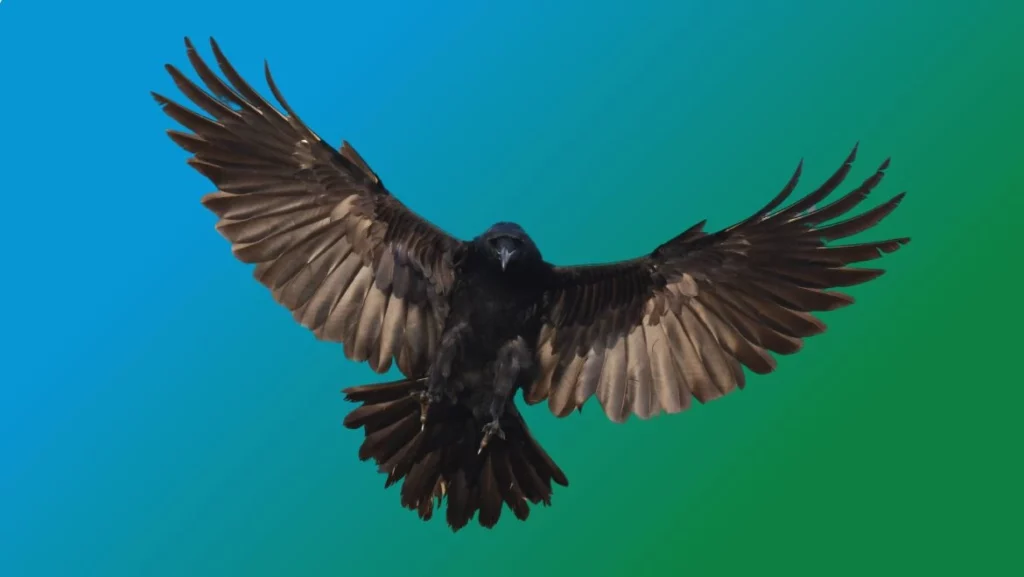
Affirmations:
- “I embrace the wisdom that surrounds me, guided by the raven’s insight.”
- “My thoughts and decisions are clear, inspired by the intelligence of the raven.”
- “I am open to the mysteries of life, guided by the raven’s flight between worlds.”
The Wolf
- Symbolism: Wolves are prominent in Norse mythology, with notable wolves like Fenrir, who is prophesied to play a major role in Ragnarök, the end of the world. Wolves symbolize strength, endurance, and the wild, untamed aspects of nature.
- Cultural Significance: While often depicted as fearsome, wolves also represent the bonds of family and loyalty, as they are known for their strong pack dynamics.
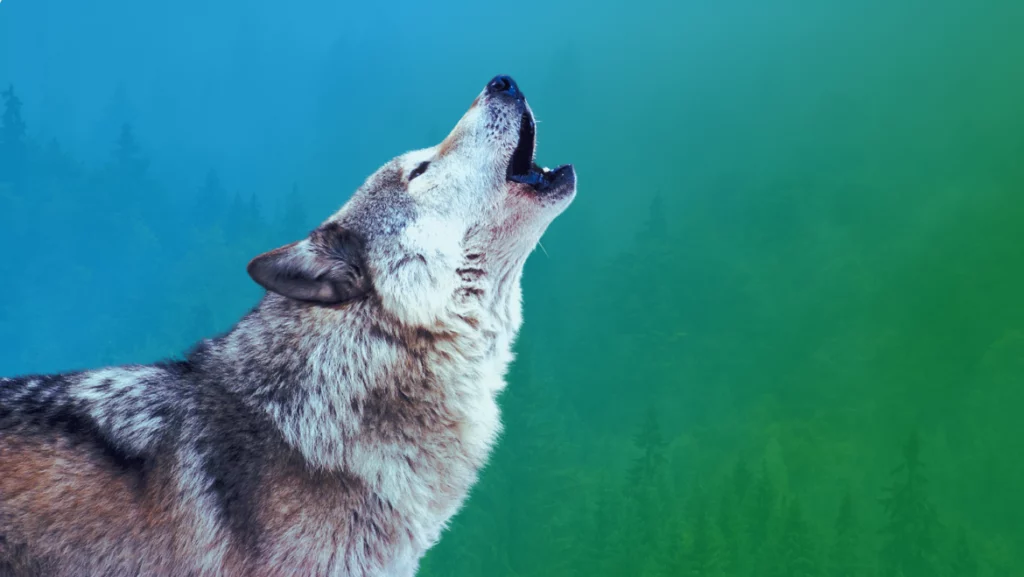
Affirmations:
- “I find strength and courage within, guided by the spirit of the wolf.”
- “My connections are deep and meaningful, rooted in the loyalty of the wolf pack.”
- “I embrace my true nature, empowered by the wolf’s untamed spirit.”
The Bear
- Symbolism: Bears are revered for their strength and courage in Nordic culture. Warriors known as “berserkers” were said to wear bear skins and channel the bear’s ferocity in battle.
- Cultural Significance: The bear embodies protection, bravery, and the warrior spirit, symbolizing the ability to face fears and overcome challenges.
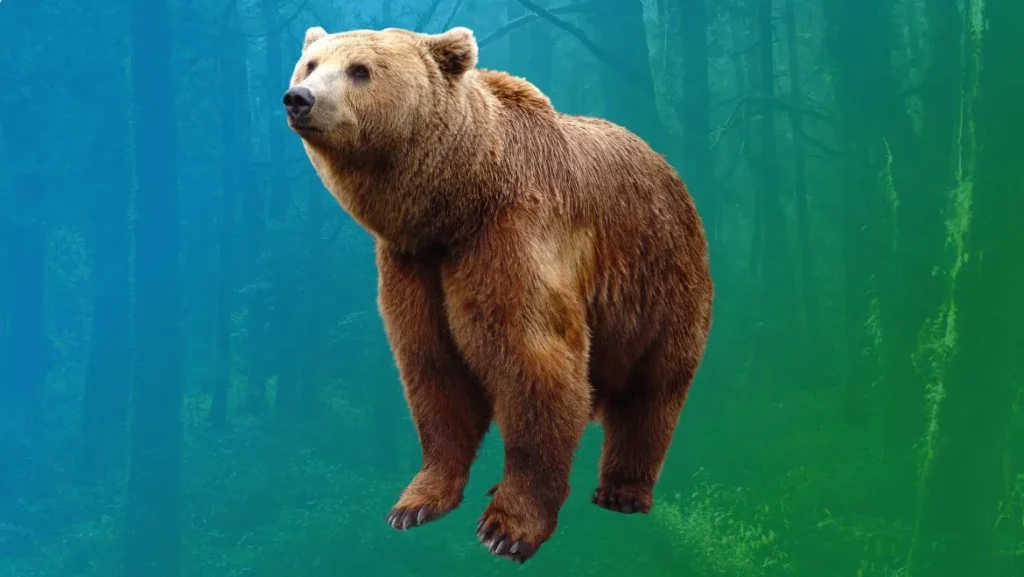
Affirmations:
- “I face my challenges with the bear’s courage and strength.”
- “I am protected and empowered, embodying the bear’s fearless spirit.”
- “My resolve is unbreakable, inspired by the bear’s indomitable will.”
The Eagle
- Symbolism: The eagle sits atop Yggdrasil, the World Tree, in Norse mythology and is said to represent vision, sovereignty, and the higher perspective.
- Cultural Significance: As a spirit animal, the eagle guides one to see life from a broader perspective and to rise above the mundane to access higher wisdom.
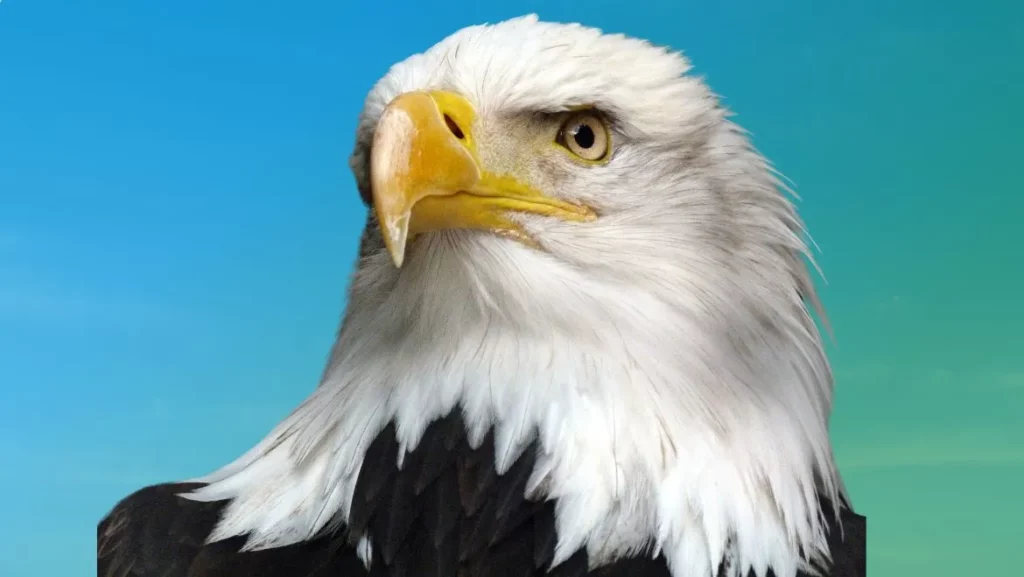
Affirmations:
- “I see my life’s path with clarity, guided by the eagle’s lofty vision.”
- “I rise above the mundane, soaring high with the eagle’s spirit.”
- “My spirit is free and sovereign, uplifted by the eagle’s grace.”
The Horse
- Symbolism: Horses are highly esteemed in Norse culture, with Odin’s eight-legged horse, Sleipnir, being the most renowned. Horses symbolize travel, movement, and the journey between worlds.
- Cultural Significance: The horse as a spirit animal encourages exploration, freedom, and the journey towards discovering one’s spiritual path.
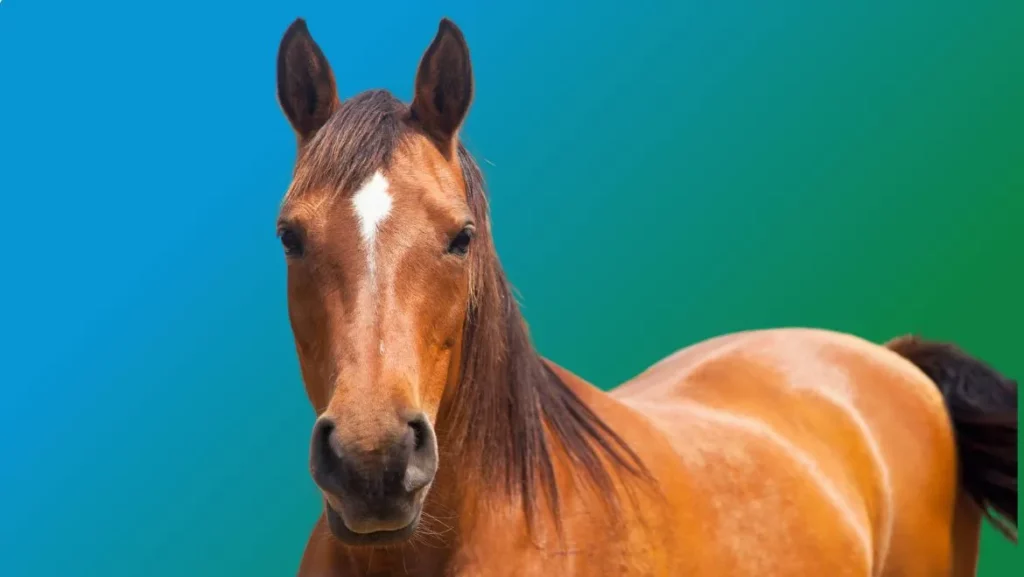
Affirmations:
- “I embrace the journey of life with the horse’s enduring spirit.”
- “My path is open and free, guided by the horse’s love of exploration.”
- “I move through life with grace and strength, inspired by the horse’s vitality.”
The Serpent
- Symbolism: Jörmungandr, the Midgard Serpent, is a key figure in Norse mythology that encircles the earth. The serpent symbolizes transformation, healing, and the cyclical nature of life.
- Cultural Significance: As a spirit animal, the serpent invites deep introspection, healing, and embracing the continual renewal of life.
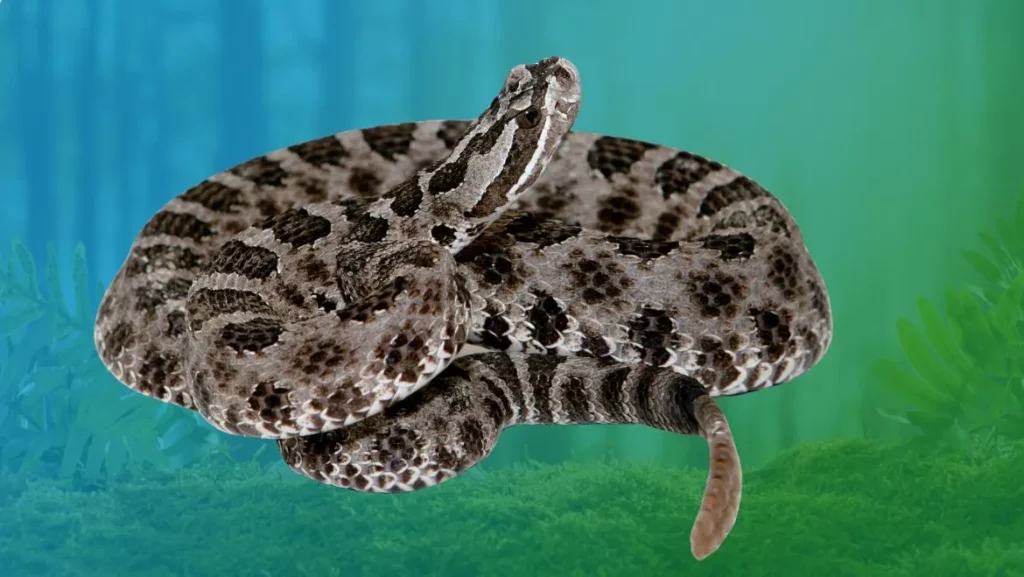
Affirmations:
- “I welcome change and renewal, guided by the serpent’s transformative power.”
- “I release the past and embrace new beginnings, inspired by the serpent’s ability to shed its skin.”
- “I am healing and evolving, nourished by the serpent’s wisdom of rebirth.”
The Dragon
- Symbolism: Dragons, though not as commonly featured in Norse mythology as other creatures, are seen as powerful beings guarding treasures and knowledge. They symbolize protection, wisdom, and the mastery of secrets.
- Cultural Significance: The dragon as a spirit animal encourages the pursuit of knowledge, the protection of what is valuable, and the courage to face the unknown.
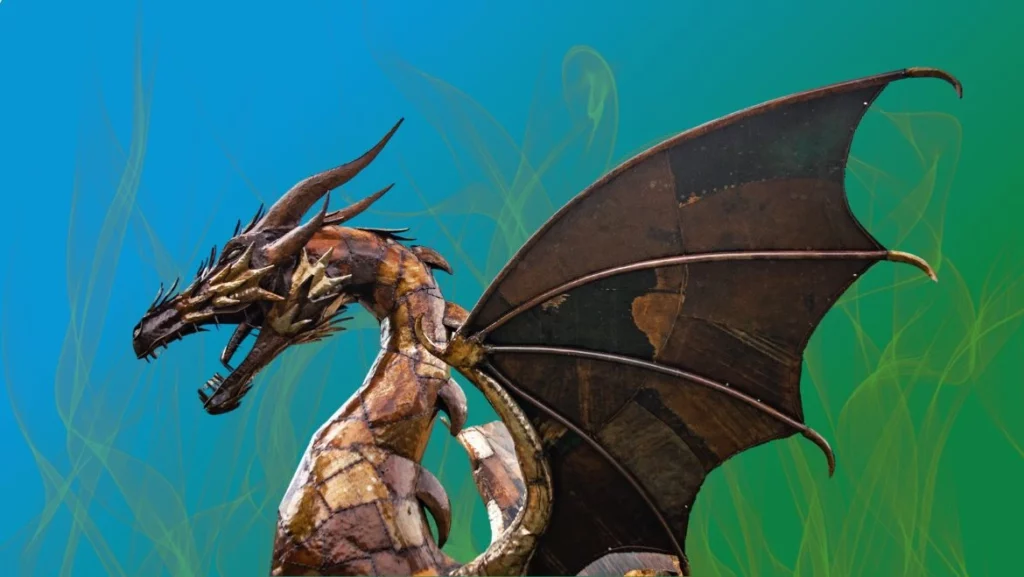
Affirmations:
- “I am a seeker of truth, protected by the dragon’s mighty wings.”
- “My spirit is guarded and cherished, enveloped in the dragon’s wisdom.”
- “I embrace the mystery of life, guided by the dragon’s ancient knowledge.”
These Nordic spirit animals embody a blend of the physical characteristics of each creature with deeper spiritual meanings, offering guidance, wisdom, and inspiration drawn from ancient Nordic traditions and mythology.
